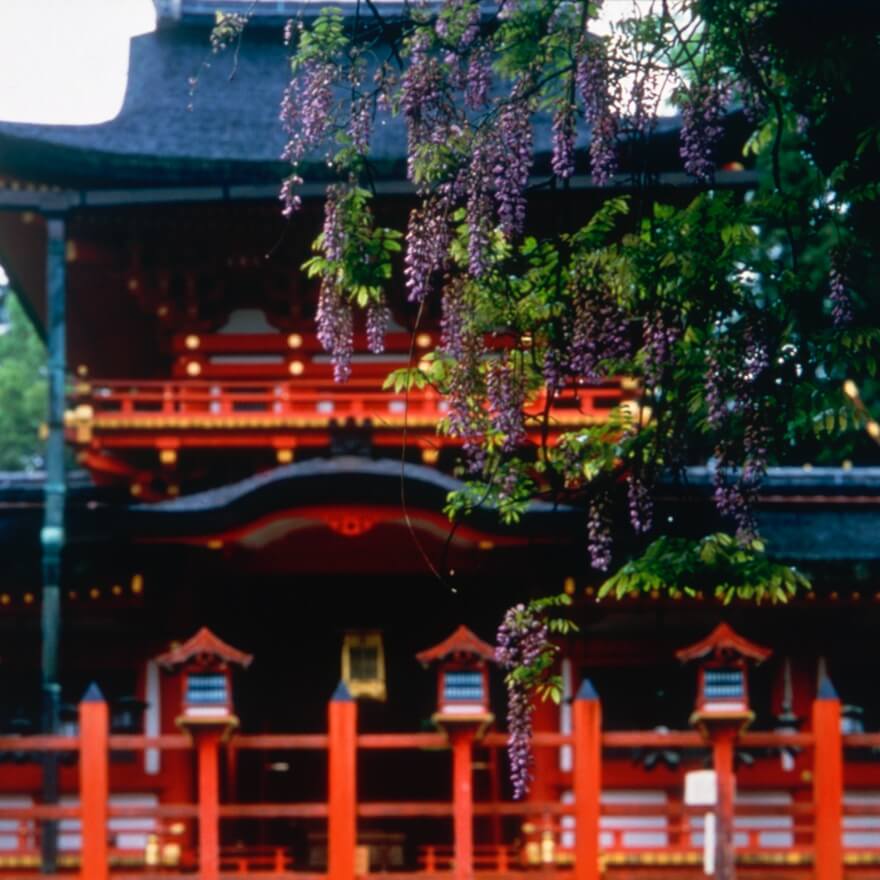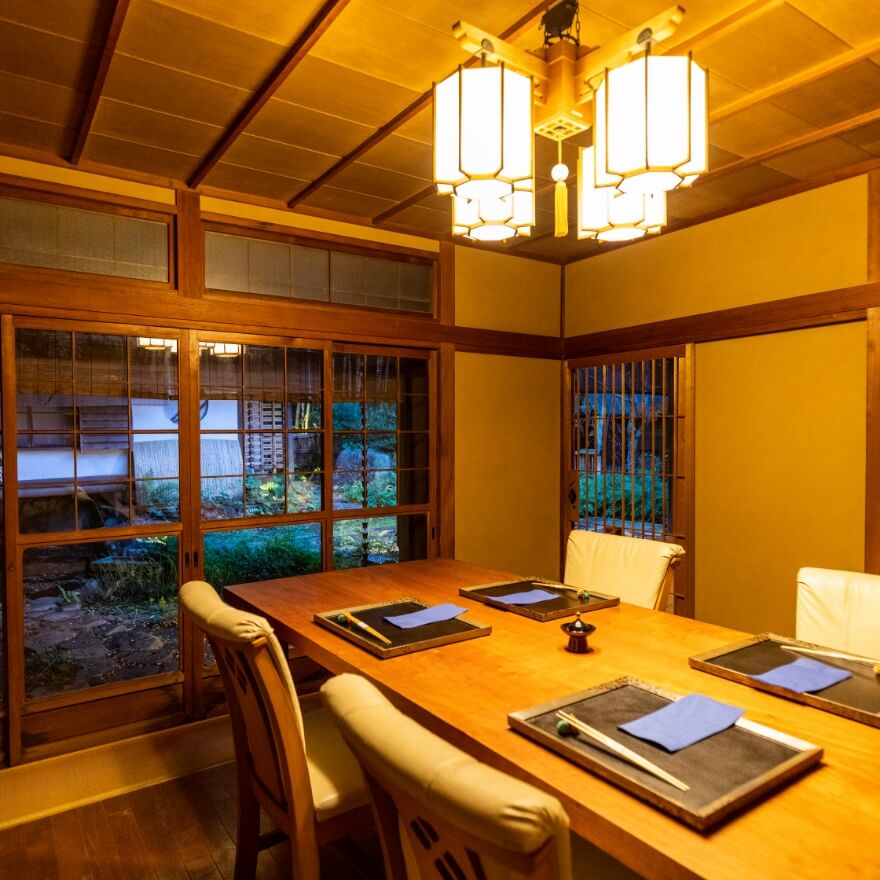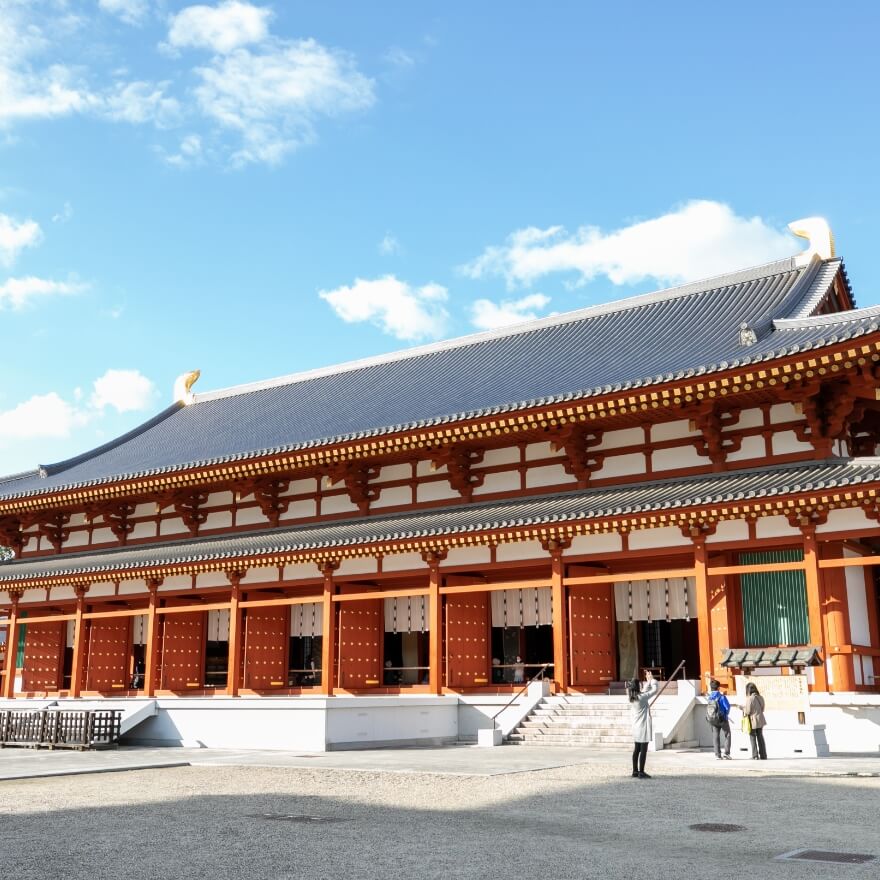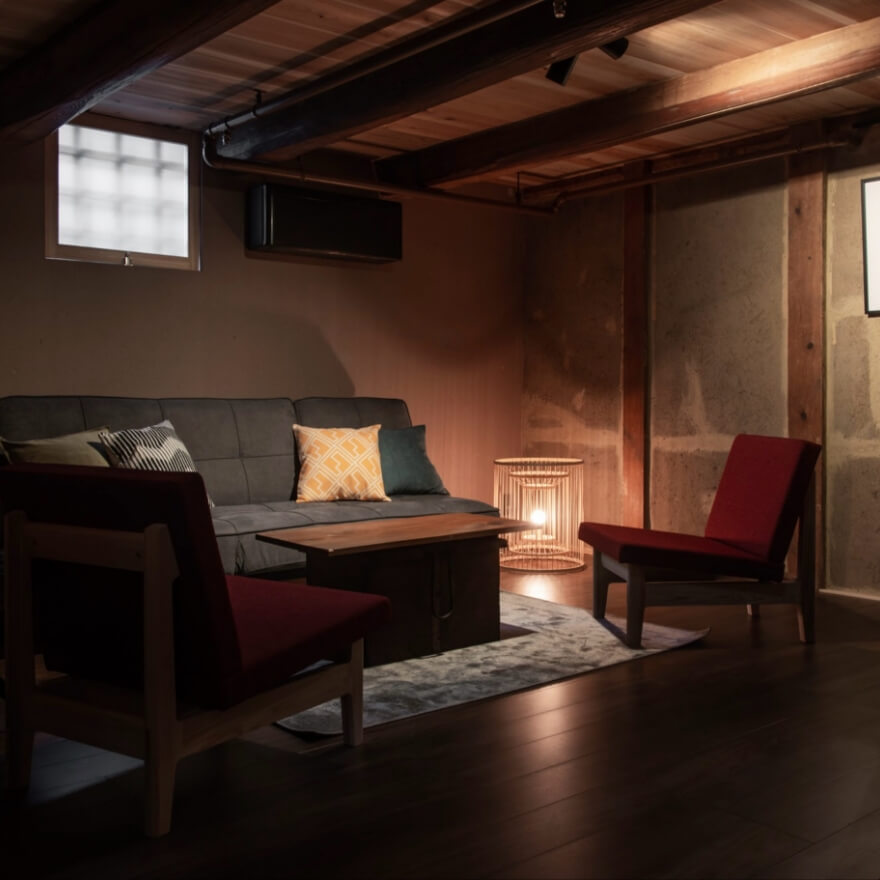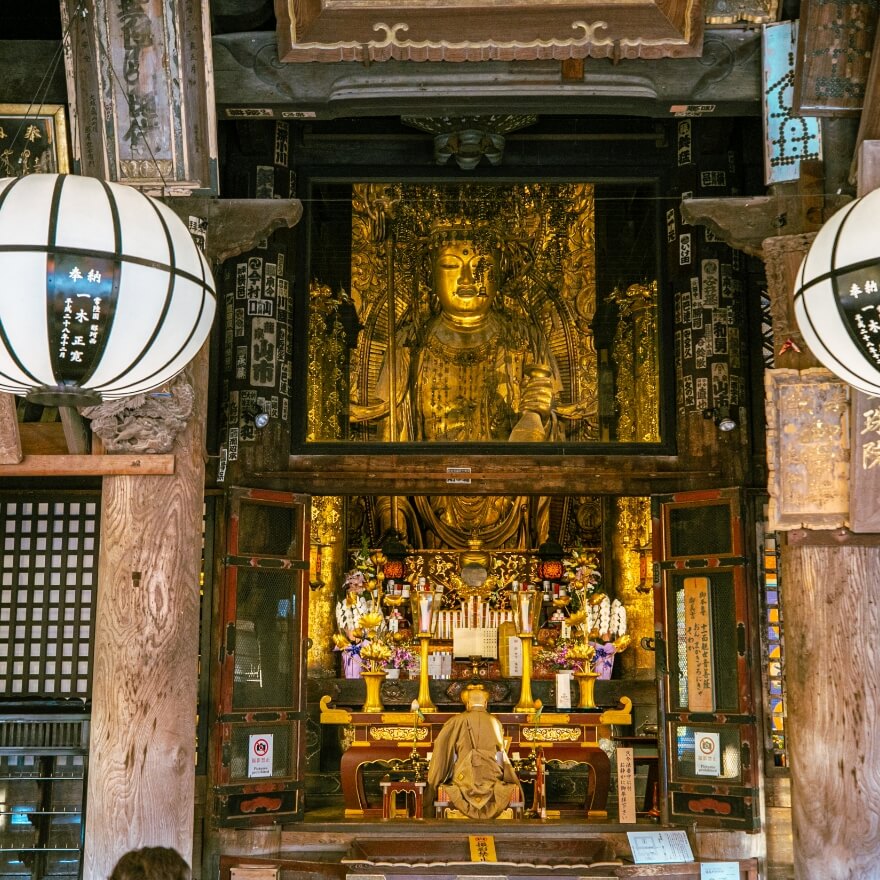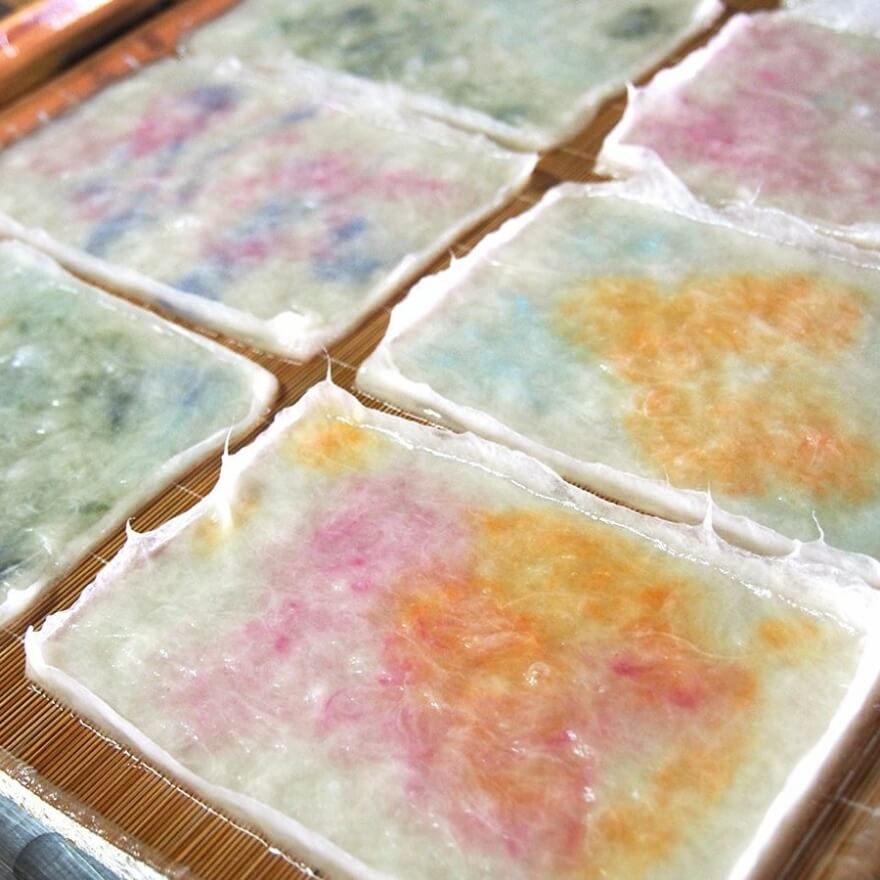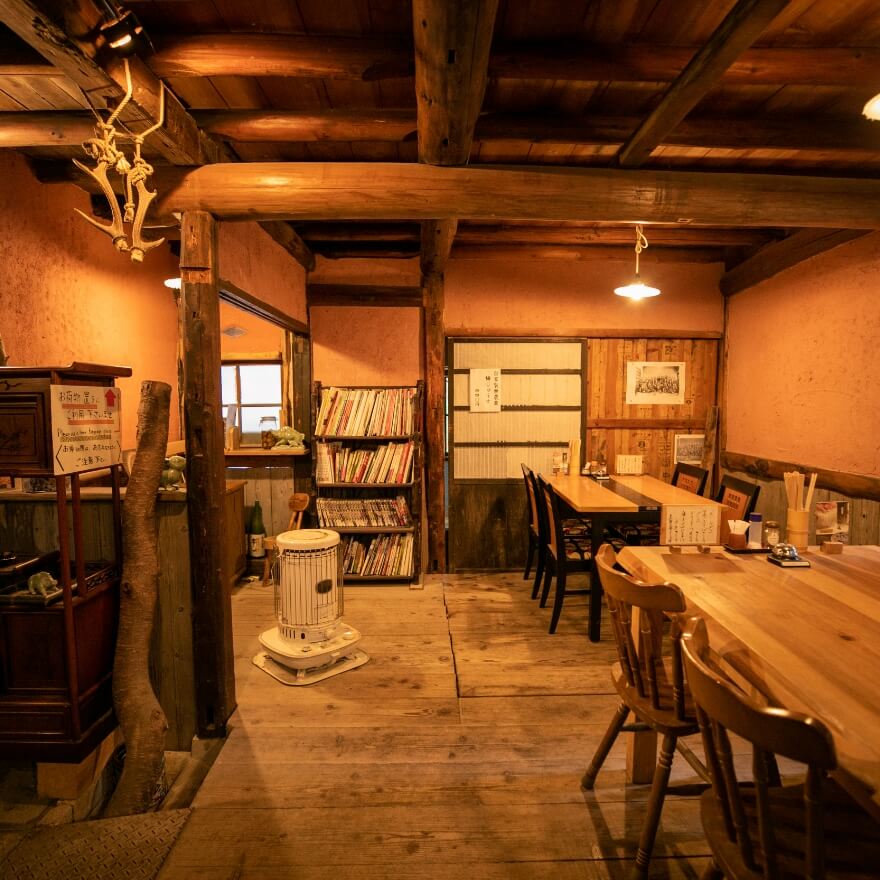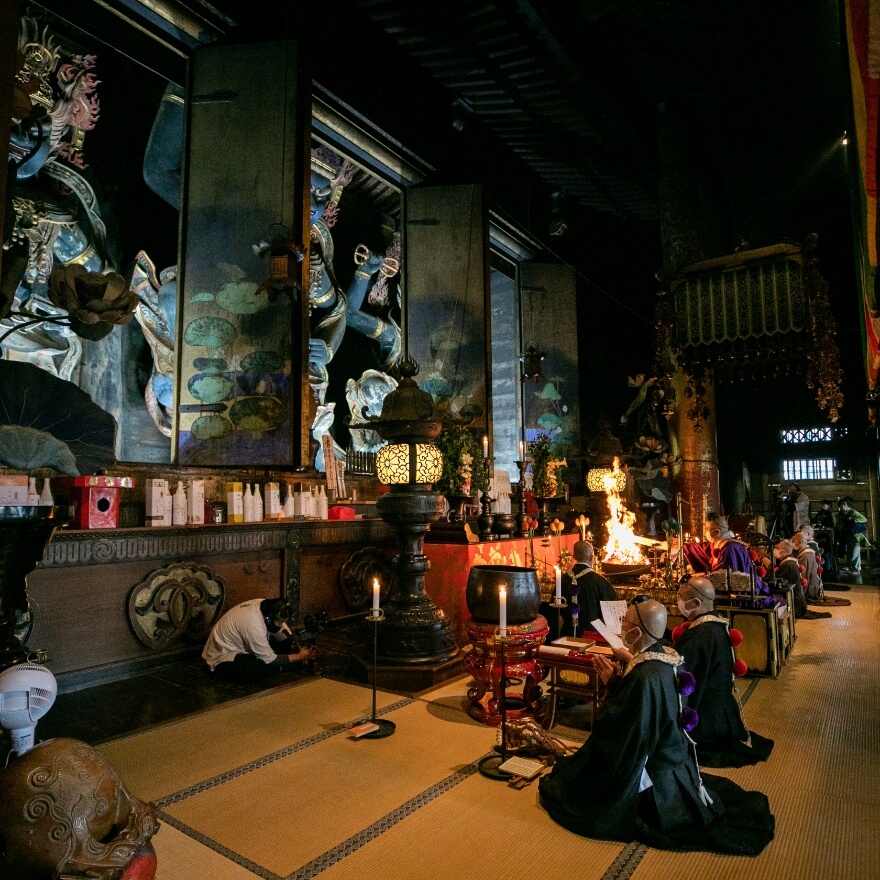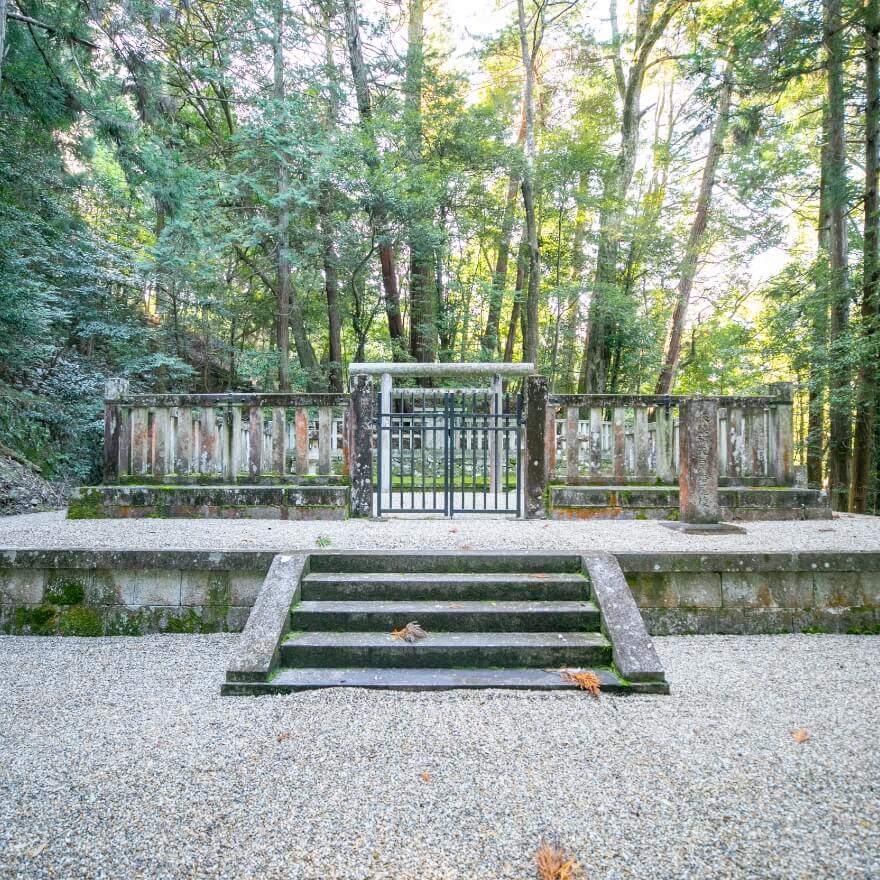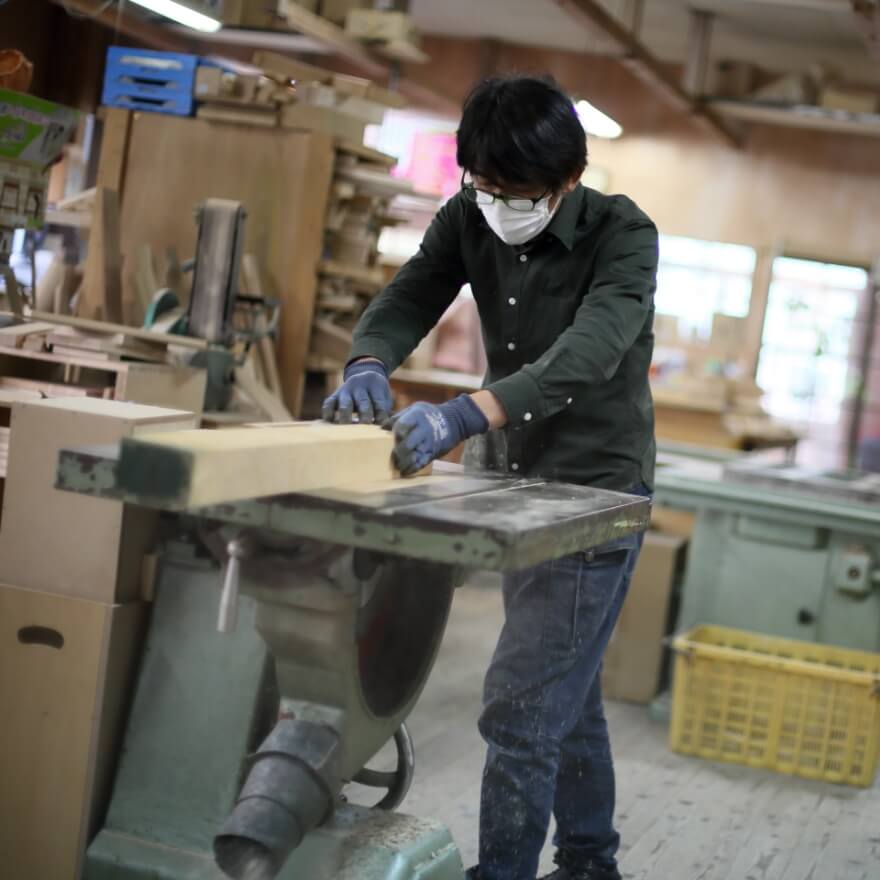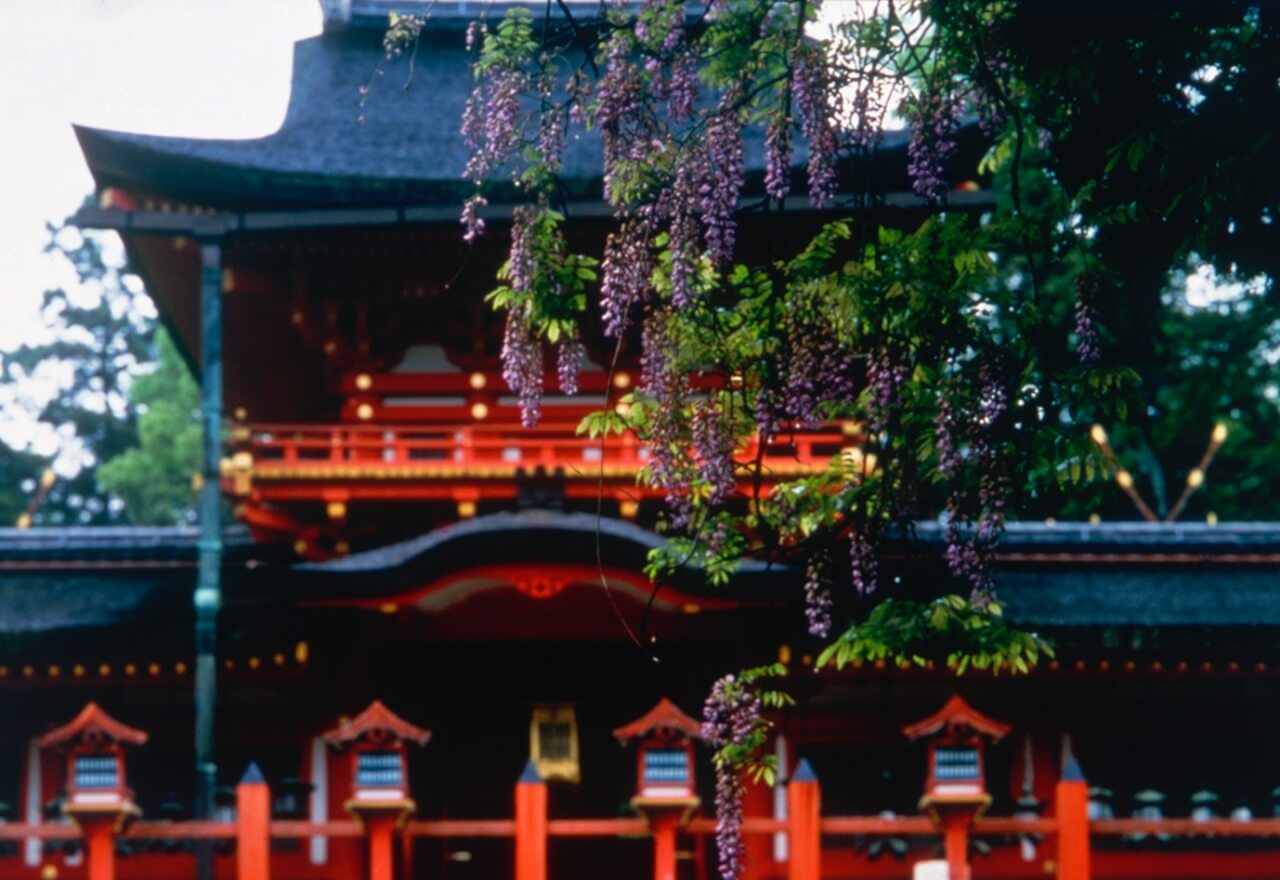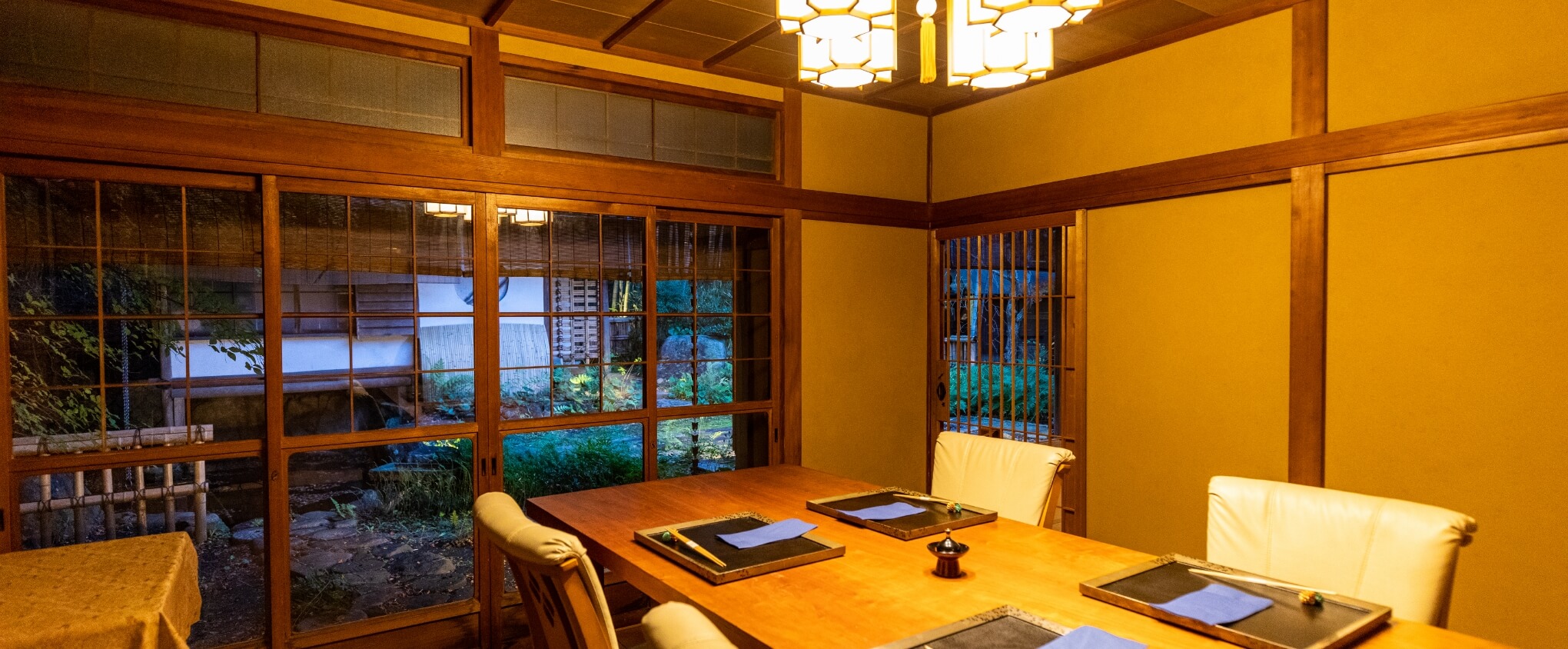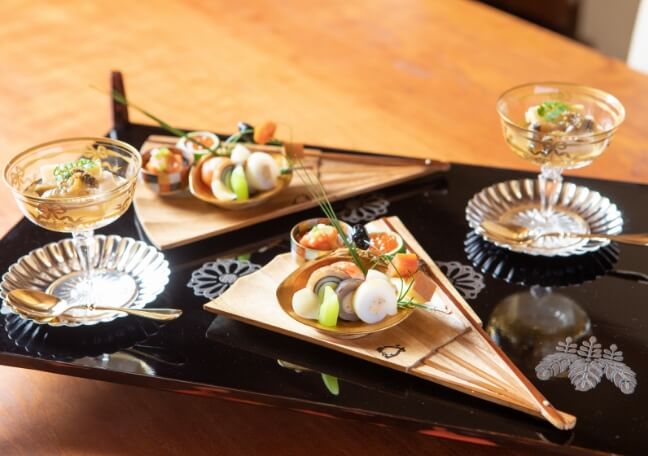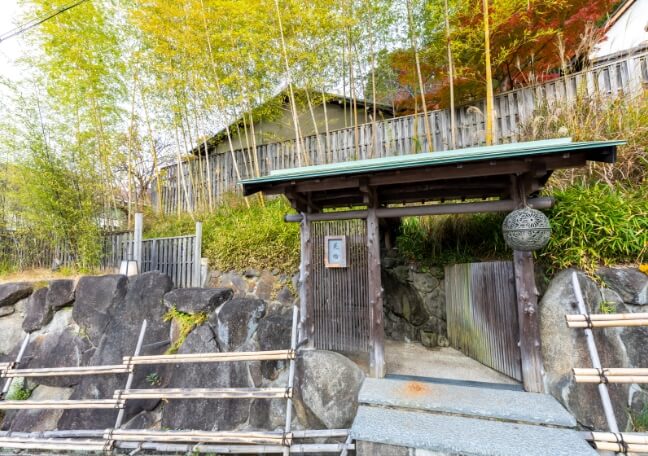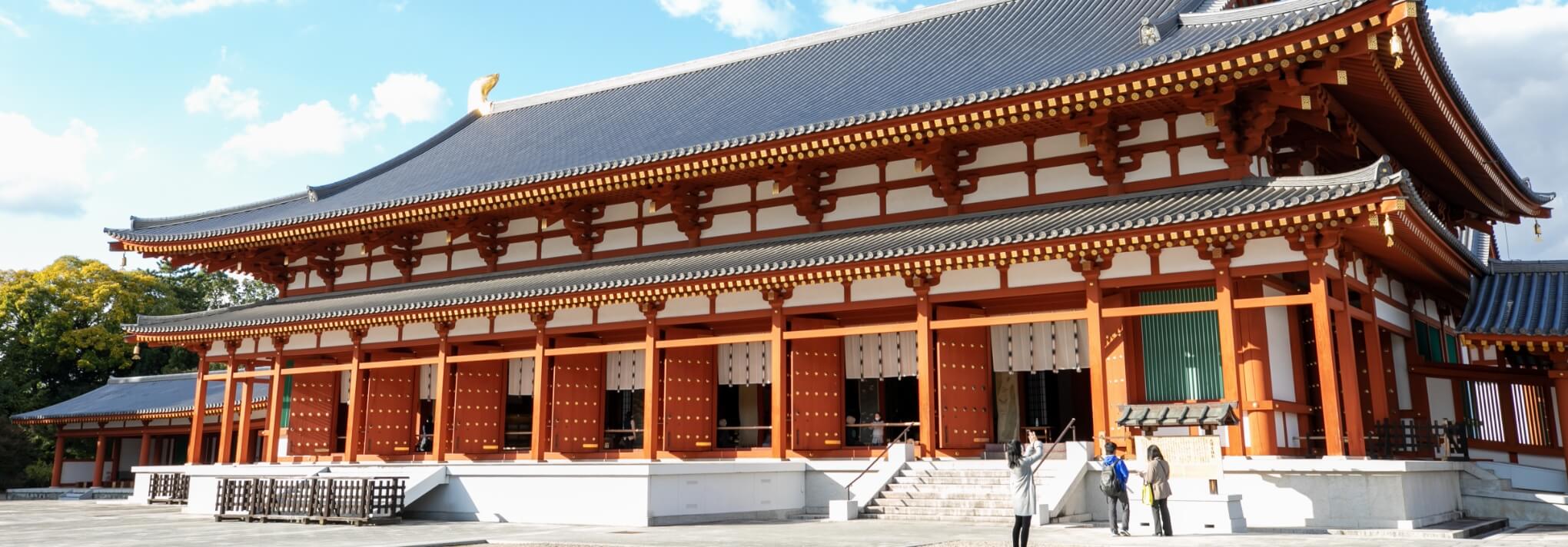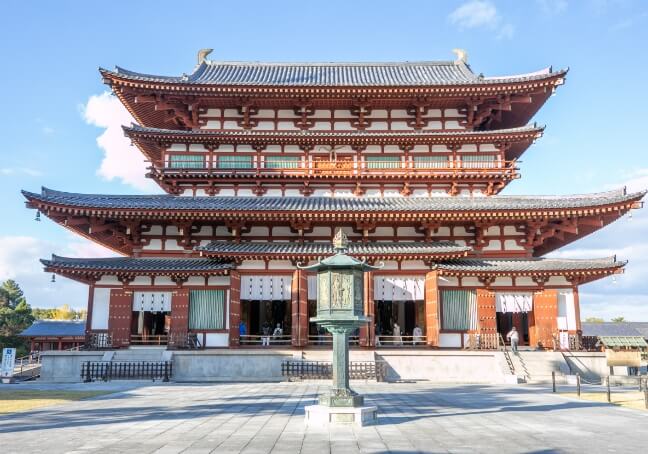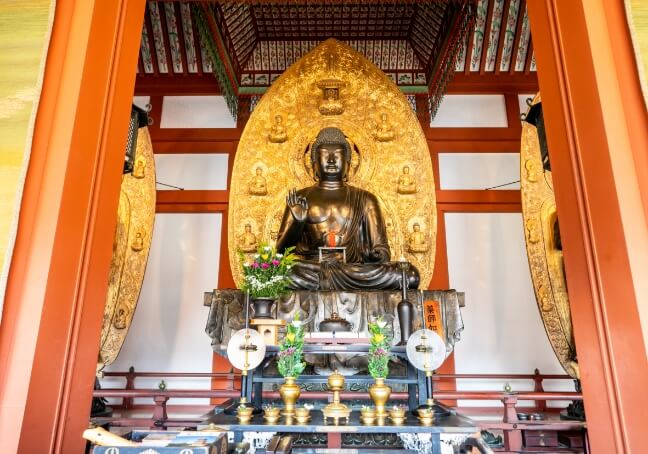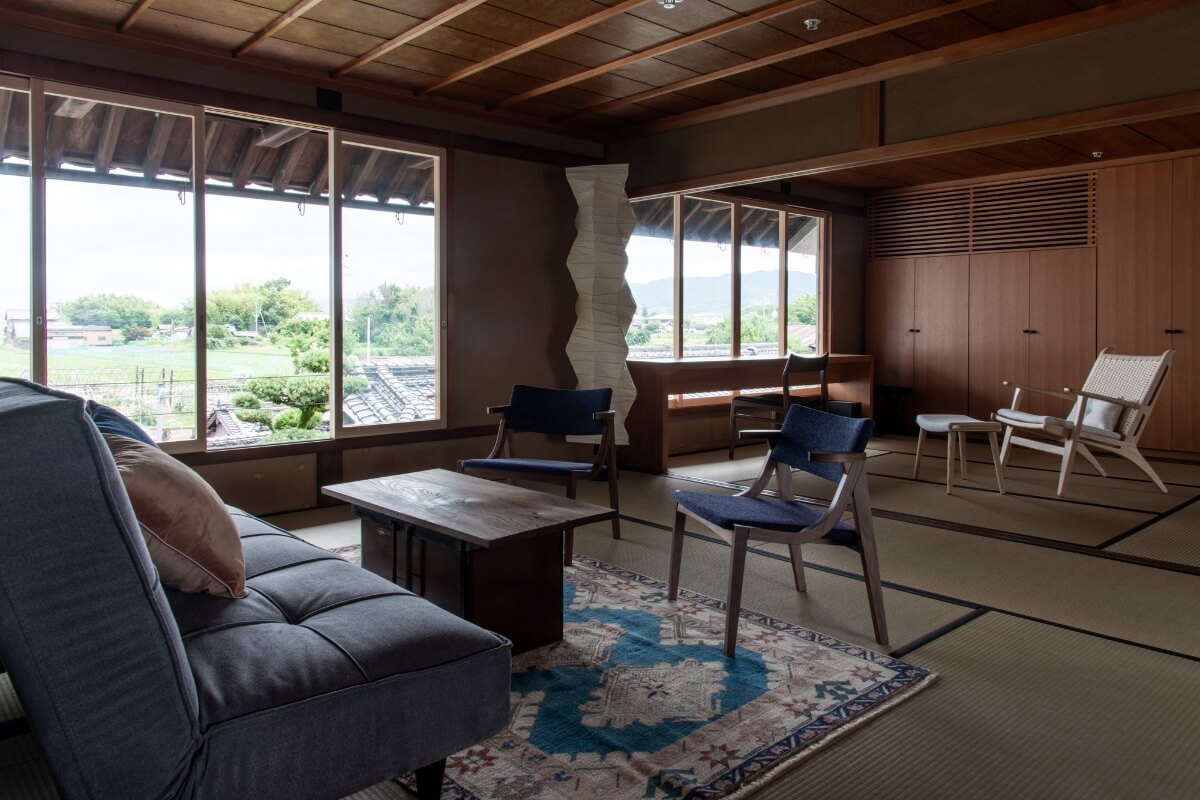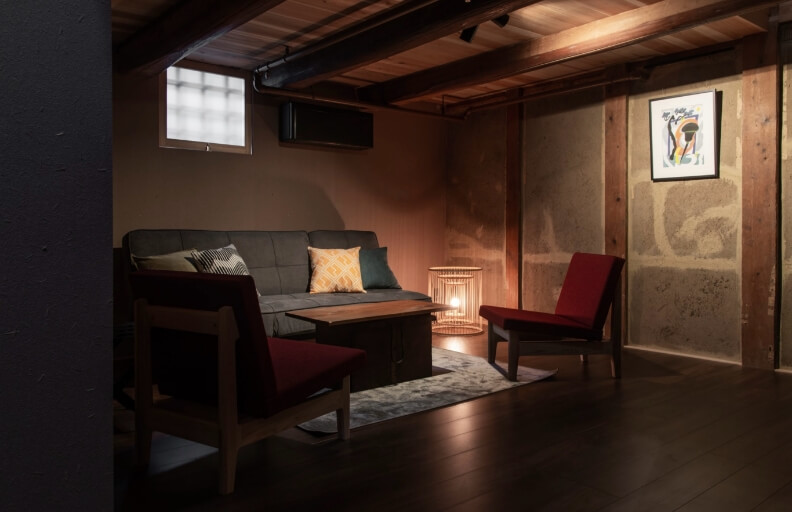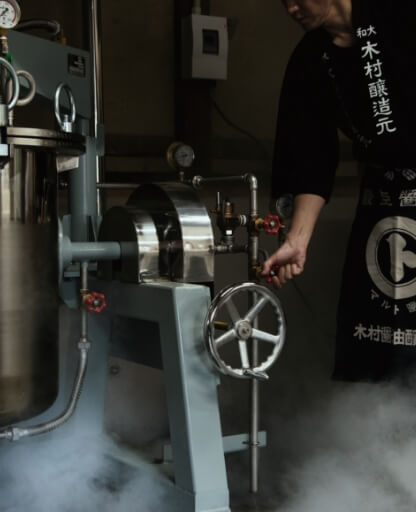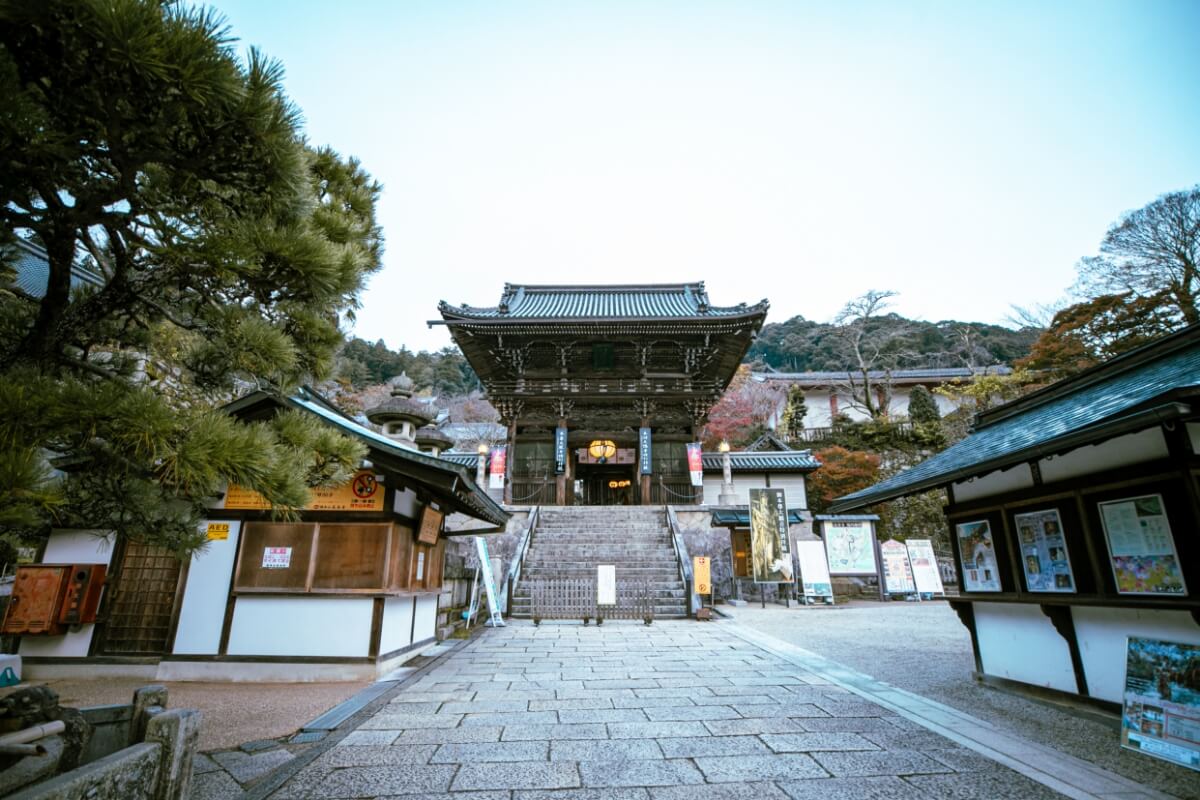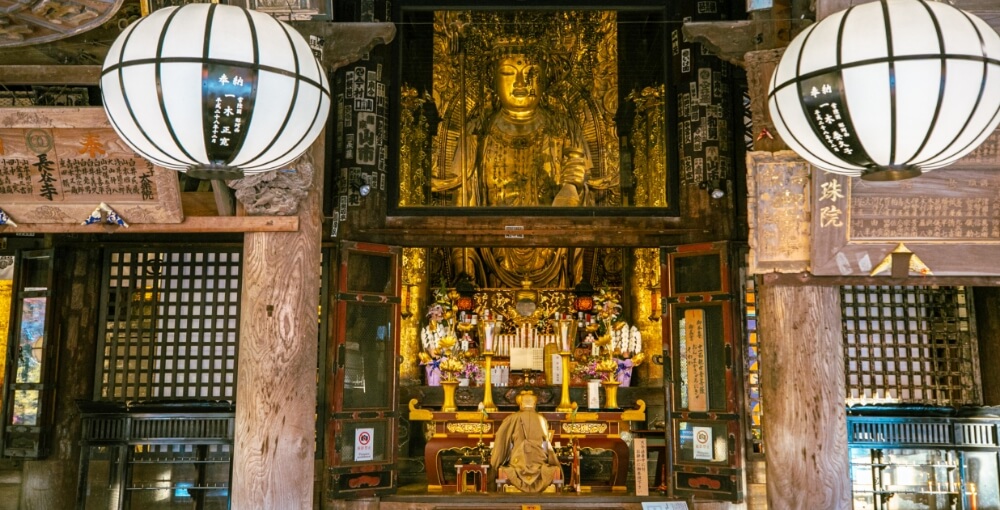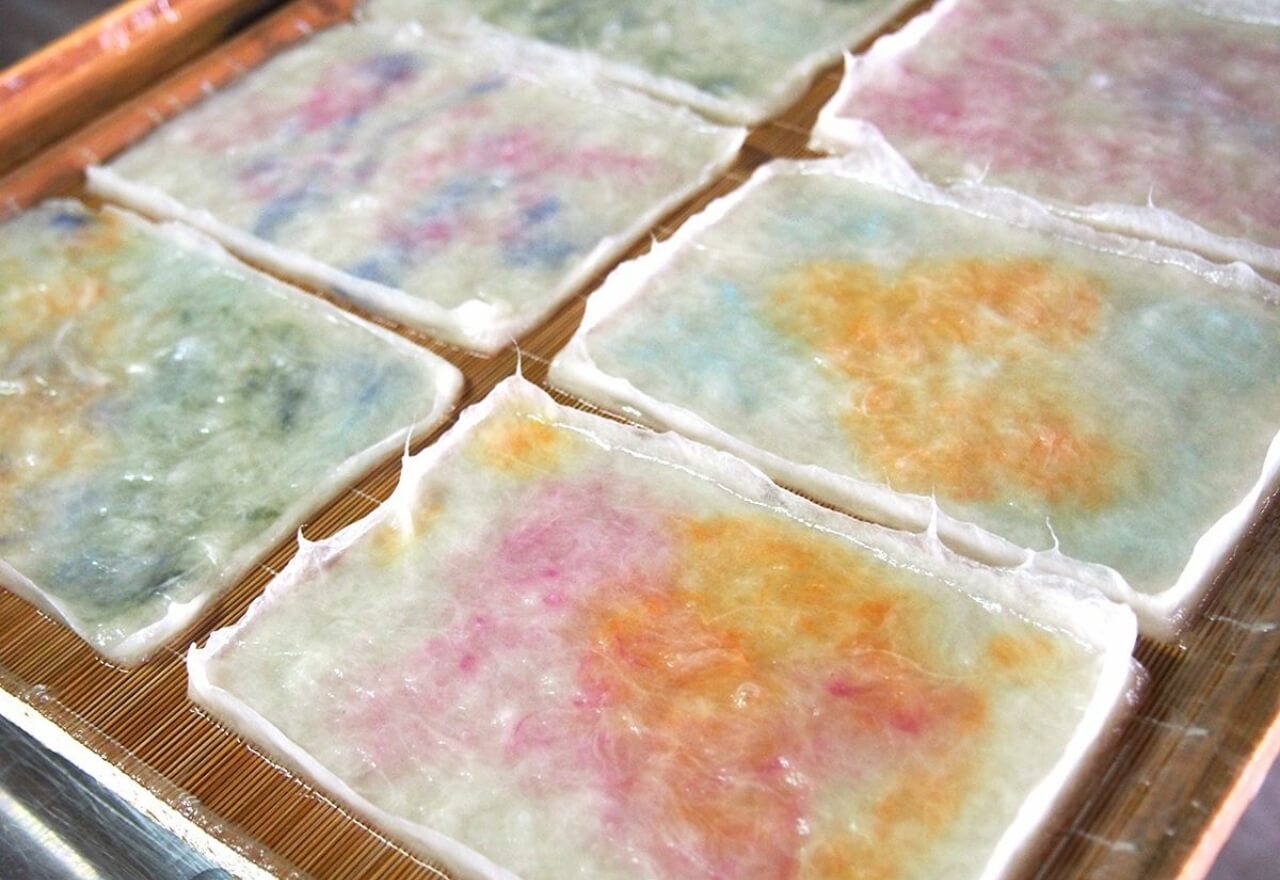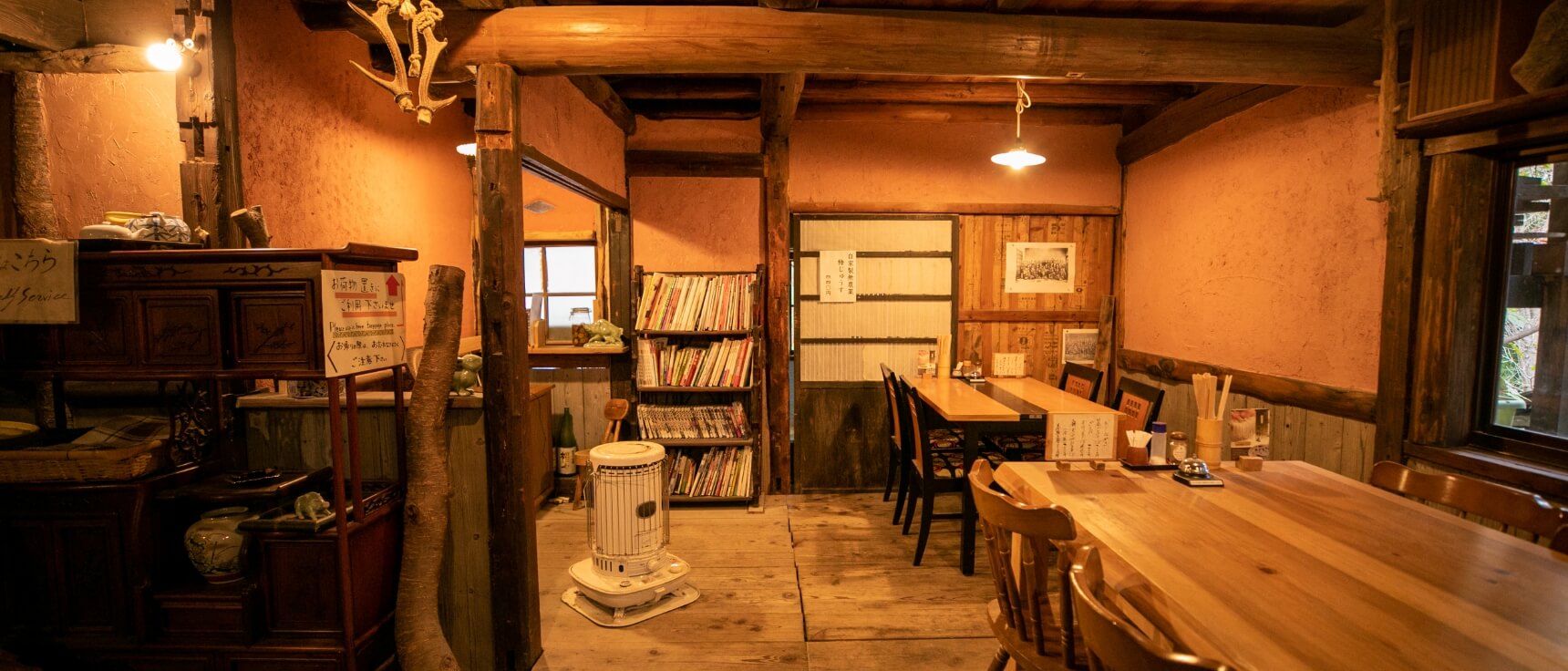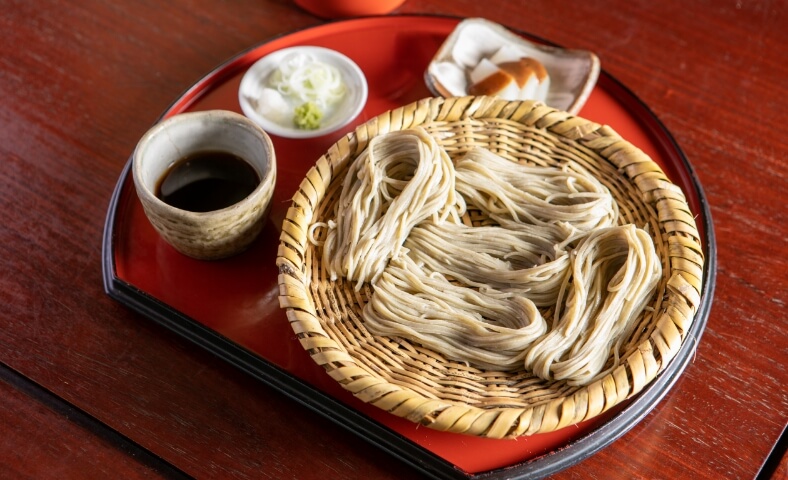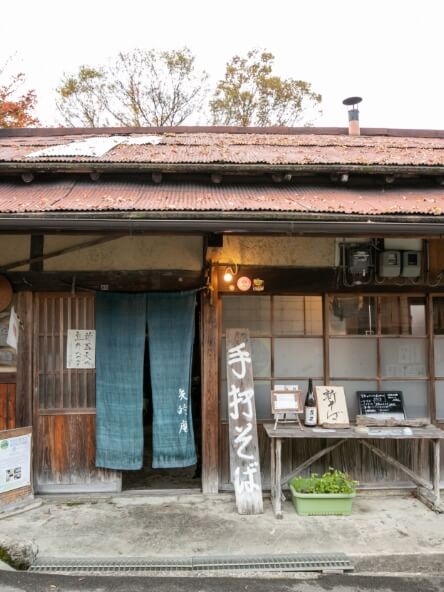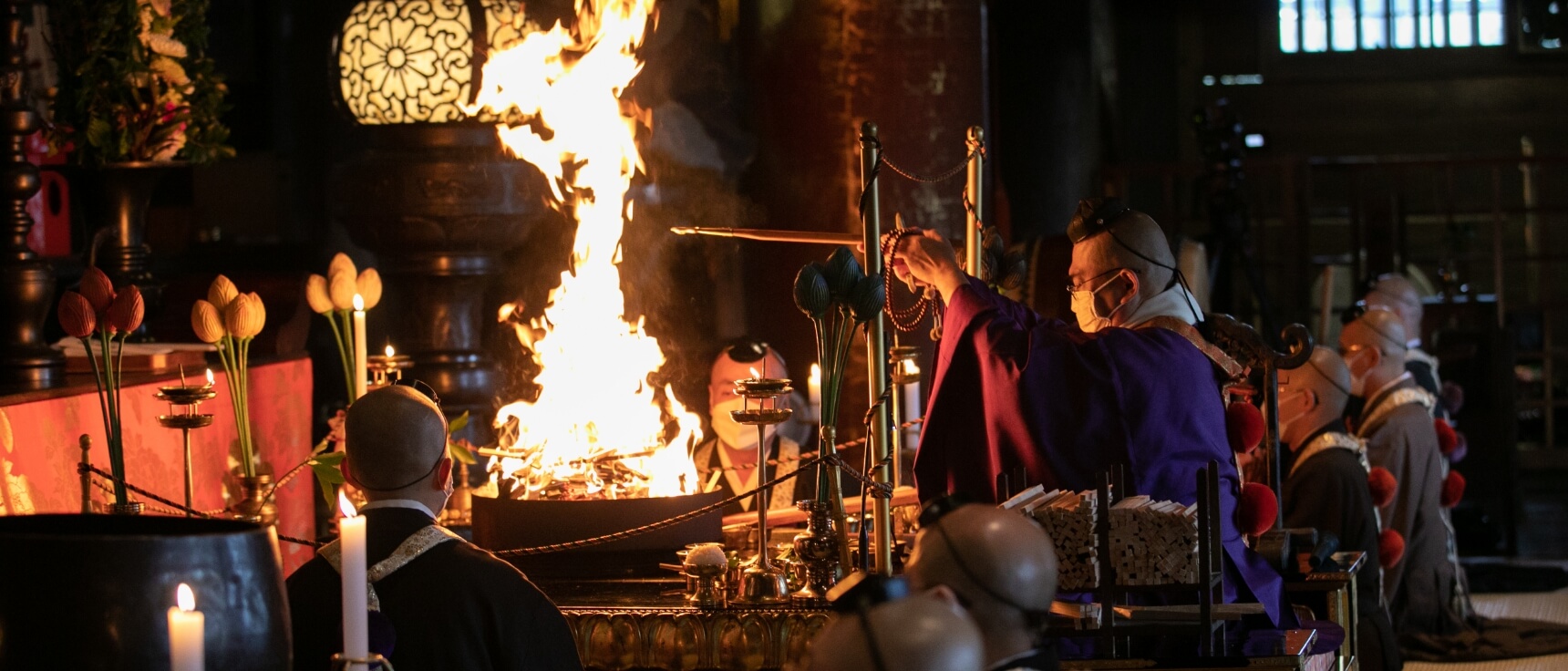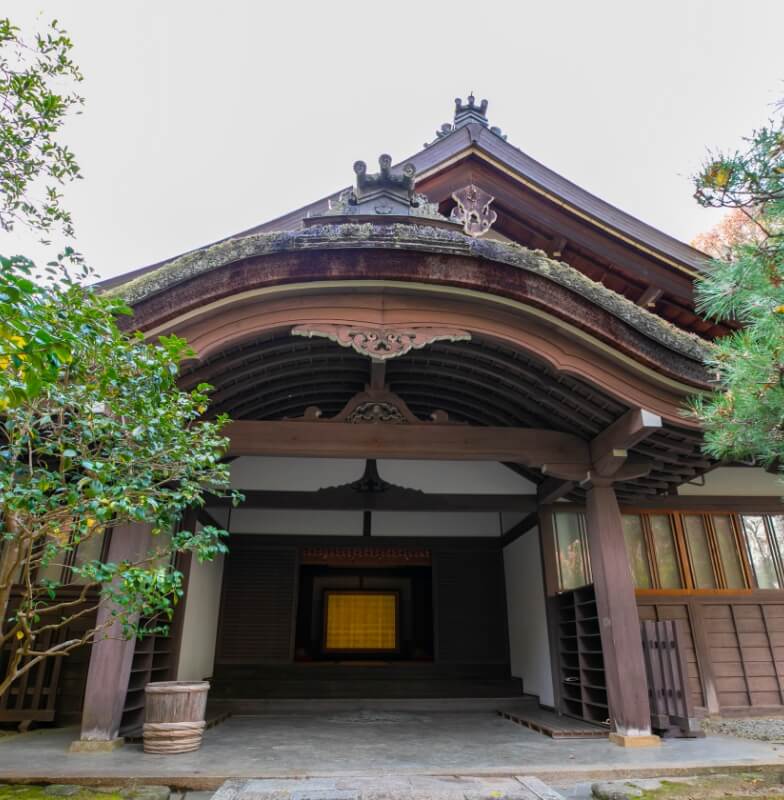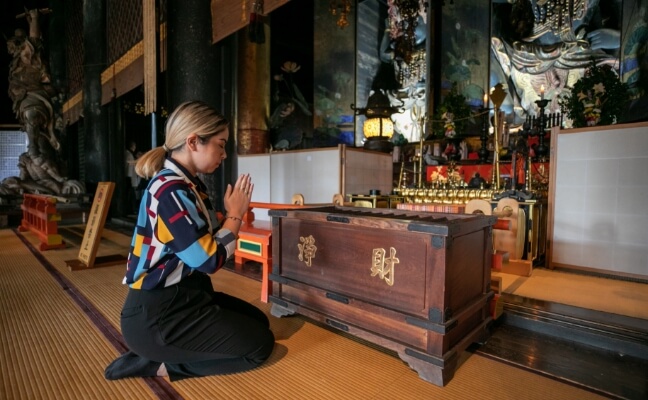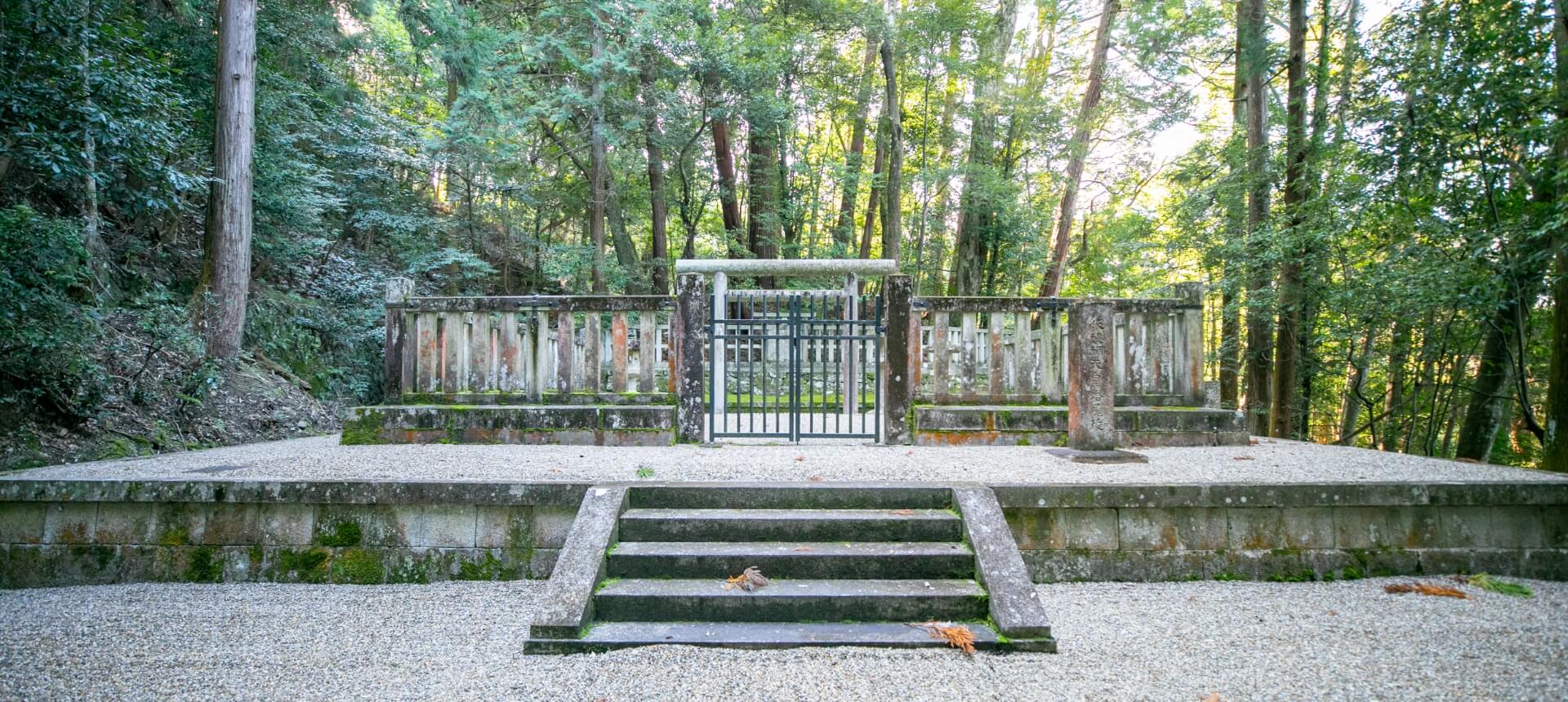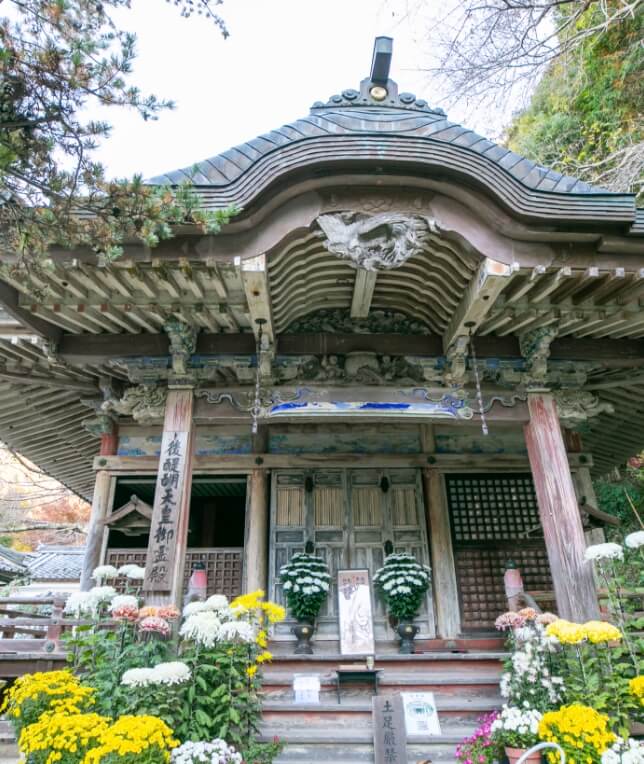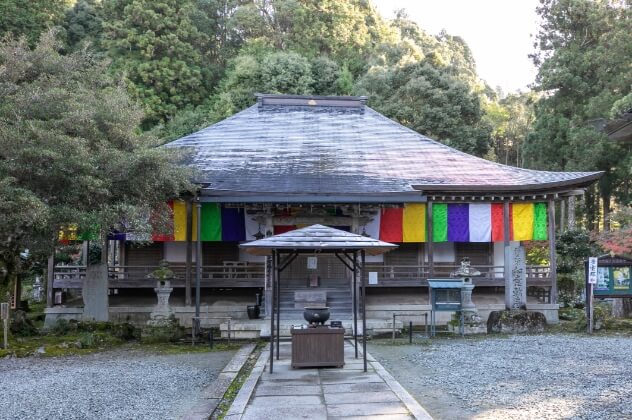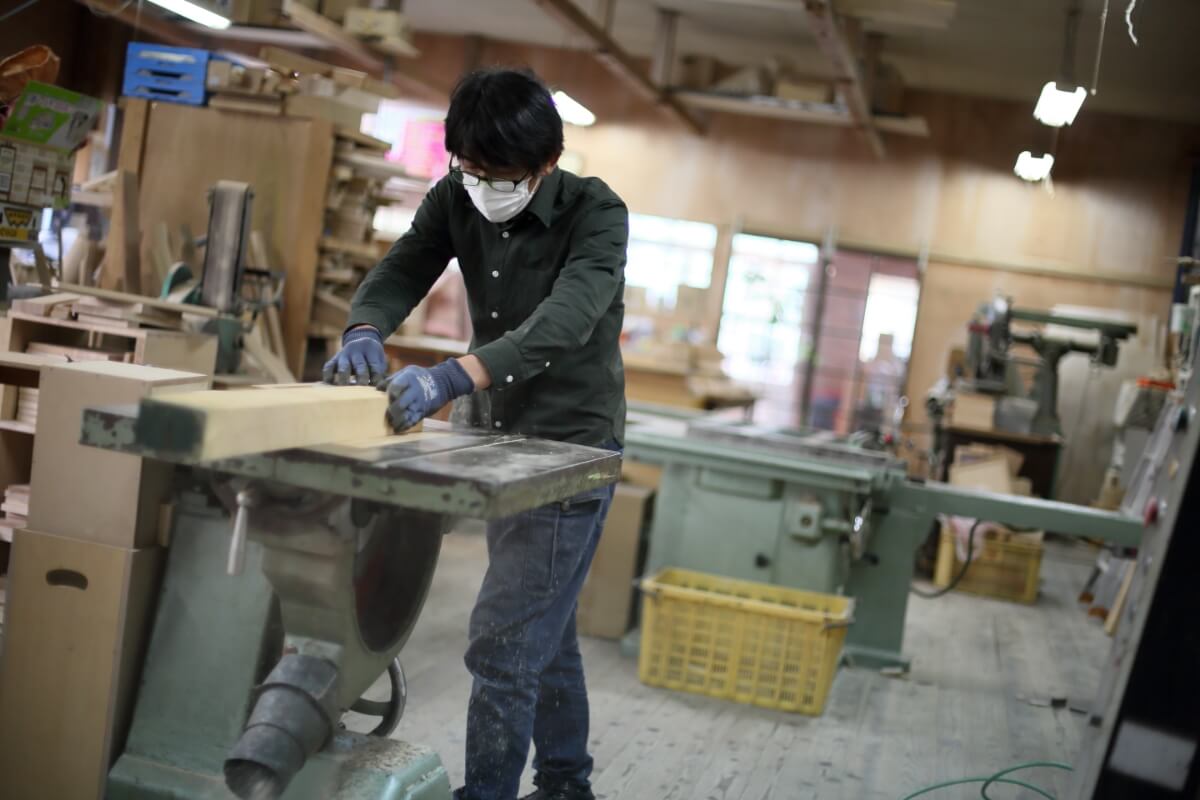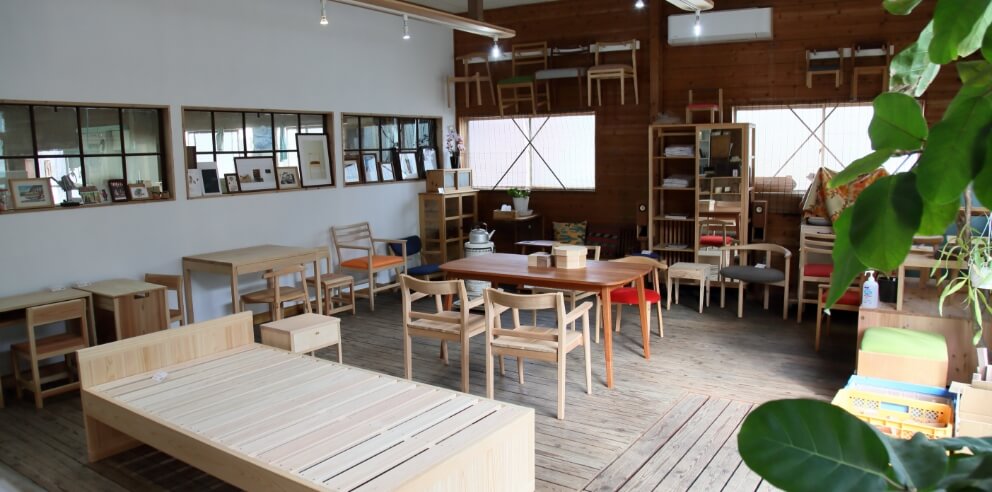Spiritual Roots of Japan: A Deep Dive into Nara Prefecture
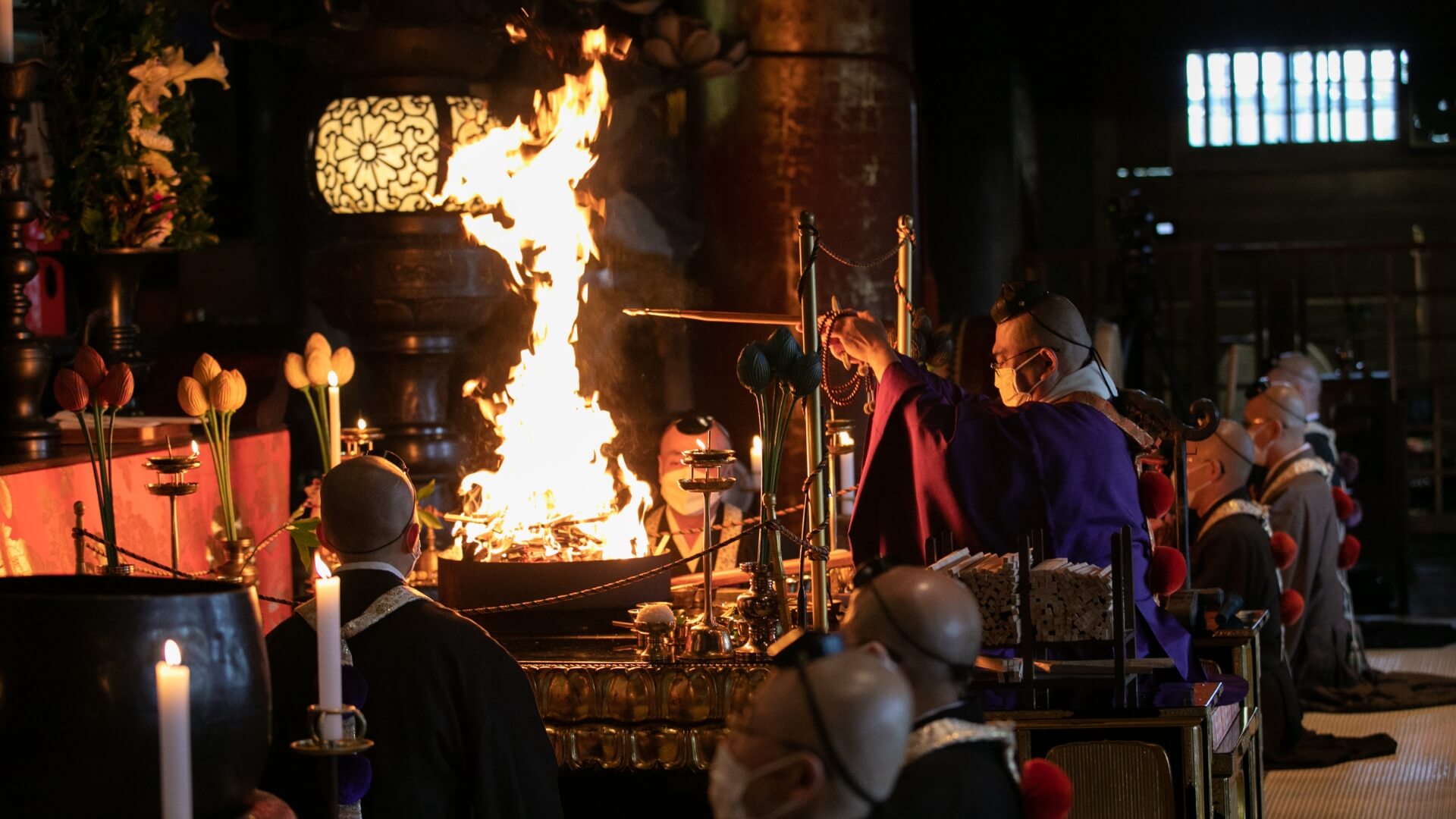
Witness the excellence of true Japanese culture in the Kansai region, the reputed home of ironically Japanese traditions and essence. Take part in a custom-tailored tour to meet world-class artisans in exclusive spaces like never seen before.
Here in Nara, The tour will start in Nara City - the old capital of Japan - and take you through the region where the spiritual roots of the Japanese people originated. Visit historical shrines and temples, and experience Nara’s specialties such as soy sauce and washi while deep diving into Japan’s history, religion, and culture.
Day1
Nara Station
Kasugataisha Shrine
Kasugataisha Shrine was erected more than 1200 years ago and has a special place in the hearts of the Japanese people. Enjoy this exclusive tour and experience at one of the most prestigious shrines in the country. Under the guidance of a Shinto priest, visit areas of the shrine grounds that are normally closed to general visitors, such as the Misakayama Ukigumo-no-mine Yohaisho and the National Treasure Hall. Marvel at the 3,000 lanterns that fill the sacred corridor and take a walk through the primeval forest where hunting and logging have been prohibited for over 1,100 years. Treasure this tranquil visit to this historic spiritual site. (Photo by © Nara visitors Bureau, All Rights Reserved.)
Hanagaki
A meal at Hanagaki is limited to one group per meal for lunch and dinner, making this very exclusive treat! The meal is full of fresh seasonal ingredients and dishes made with meticulous care. This attention to detail extends right to the tableware and the playful presentation of the food. The restaurant is also happy to accommodate dietary and allergy restrictions. Enjoy an exquisite lunch overlooking a calming Japanese garden.
Yakushiji Temple
Next, visit the East Pagoda of Yakushiji Temple with an exclusive guided tour. View National Treasures such as the central statue of Yakushi Nyorai flanked by Nikko (Bodhisattva of the Sun) and Gakko (Bodhisattva of the Moon). Many Buddhist statues represent the Hakuho period (645-710), when intercultural exchange with the Korean Peninsula was prominent and Japan received influences from central and east Asian countries. Feel the mystic power unleashed from the vibrant piece of history presented in front of you.
Nipponia Tawaramoto Maruto Soy Sauce
Visit the oldest shoyu (soy sauce) factory in Nara prefecture, where the natural brewing method has been passed down for 18 generations. On the premises, there is a historical estate built in the traditional Yamato style, which has been renovated and turned into accommodation. During your stay, experience making shoyu at the factory and enjoy freshly made shoyu. Dinner makes abundant use of local ingredients and offers an original menu accented with the taste of shoyu.
Day2
Hasedera Temple
The second day begins with a morning service at Hasedera Temple, a temple of the Shingon sect Buzan school. Receive a sutra book and chant the sutras with monks in the main hall as the incense smoke rises. The monks’ song echoes powerfully through the morning stillness; their harmony reminiscent of an opera. The sacred experience goes beyond its religious boundaries to present something that can unite us all. After the service, return to the accommodation for a Japanese-style breakfast.
Fukunishi Washi Honpo (Small-scale paper mill)
After checking out, head to a Japanese washi (paper) studio that has preserved traditional methods for over 1,300 years. Washi, which adheres to the traditional technique of drying paper one by one in the sun without using chemicals, is of such highly regarded quality it is used as part of the restoration of paintings at overseas museums. Get up close to the raw material, mulberry, and take part in the hand-making experience under the guidance of the 6th generation master.
Yamato-an
Lunch will take place at a well-known Japanese soba noodle restaurant. The soba is made by grinding buckwheat flour with stone mills and using fresh spring water from Mt. Yoshino. This soba is characterized by its fragrant and crisp texture. The nostalgic atmosphere of the renovated old folk house is also quaint and a pleasurable place to enjoy earthy soba.
Kinpusenji Temple Special Cultural Experience
The area around Yoshino, which has been a religious sanctuary since ancient times, is lined with mountains and ridges that are dotted with countless shrines and temples. At the center of these is the World Heritage Site, Kinpusenji Temple. For the special cultural experience, hear stories from the monks about the history of the temple, the process of training in the mountains to gain enlightenment, and the way of life at the temple. In addition, areas that are normally closed such as main court, Honbo(Chisenkaku)and Nancho Myohoden Hall, will be available for viewing. Take this time to connect with your spiritual side as you discover the roots of Japanese asceticism.
Nyoirinji Temple
Surrounded by lush groves, a priest will welcome you to this ancient temple that was built in the 10th century. While strolling along the grounds where seasonal flowers and wildflowers bloom, pray before the statue of Nyoirin Kanzeon Bosatsu then visit the Treasure Hall to see important cultural assets such as the Zao Gonzo and the Yoshino Mandala. In addition, enjoy having a Yoshino-zukuri style green tea in the privacy of the Hokoku-den hall where you can also listen to the chanting of a Buddhist sutra service accompanied by the hitting of the fish-shaped wooden gong, mokugyo.
PROP
The final destination of the tour will be at a woodworking studio that makes custom-made furniture and other artisanal products using the region’s famous Yoshino cedar. Start by learning how to use the kanna, a vital Japanese woodworking tool, and then experience making your own Japanese serving tray using Japanese tinder (cedar or cypress) which come in beautiful colors and unique textures. At the end of the experience, you will be able to take the tray and the kanna home.
Yoshinojingu Station
About this tour
This tour has been planned as part of our efforts to help achieve the SDGs (Sustainable Development Goals) adopted by the United Nations in 2015. A portion of tour fees paid by all participants will be used to maintain and pass on the tangible and intangible cultural assets of Kansai, the origin of Japanese culture, to the next generation. This aims to create a positive cycle of cultural tourism; we look forward to your participation.
Ask a Trip Designer

